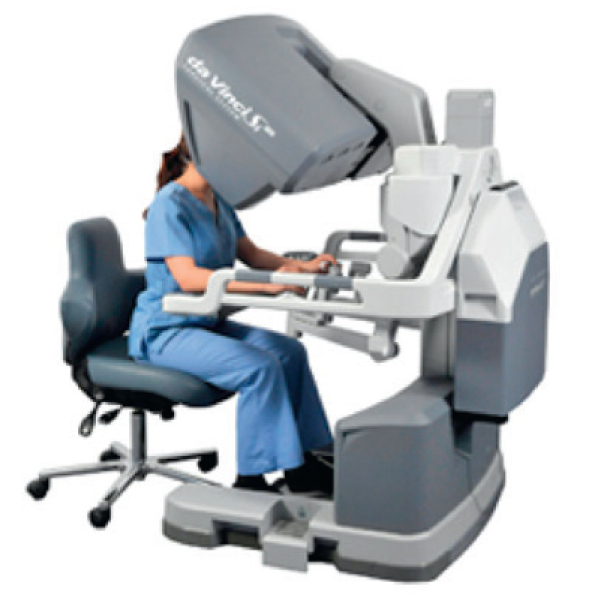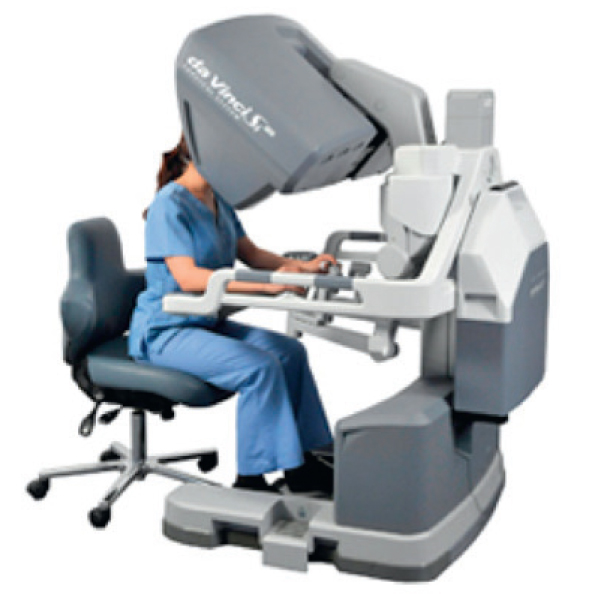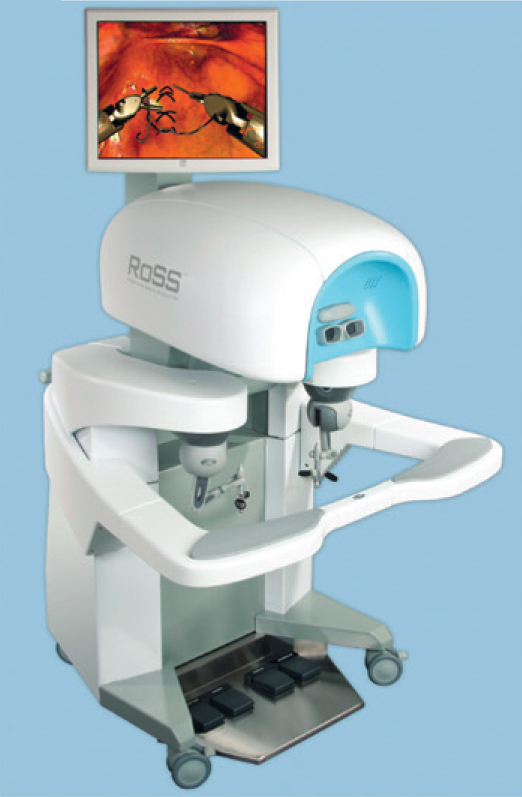Article of the week: Reality check: simulators are effective training tools for robotic surgery
Every week the Editor-in-Chief selects the Article of the Week from the current issue of BJUI. The abstract is reproduced below and you can click on the button to read the full article, which is freely available to all readers for at least 30 days from the time of this post.
In addition to the article itself, there is an accompanying editorial written by a prominent member of the urological community. This blog is intended to provoke comment and discussion and we invite you to use the comment tools at the bottom of each post to join the conversation.
If you only have time to read one article this week, it should be this one.
Current status of validation for robotic surgery simulators – a systematic review
Hamid Abboudi, Mohammed S. Khan, Omar Aboumarzouk*, Khurshid A. Guru†, Ben Challacombe, Prokar Dasgupta and Kamran Ahmed
MRC Centre for Transplantation, King’s College London, King’s Health Partners, Department of Urology, Guy’s Hospital, London, *Department of Urology, Aberdeen Royal Infirmary, Aberdeen, UK, and †Department of Urology, Roswell Park Center for Robotic Surgery, Roswell Park Cancer Institute, Buffalo, New York, USA
To analyse studies validating the effectiveness of robotic surgery simulators. The MEDLINE®, EMBASE® and PsycINFO® databases were systematically searched until September 2011. References from retrieved articles were reviewed to broaden the search. The simulator name, training tasks, participant level, training duration and evaluation scoring were extracted from each study. We also extracted data on feasibility, validity, cost-effectiveness, reliability and educational impact. We identified 19 studies investigating simulation options in robotic surgery. There are five different robotic surgery simulation platforms available on the market. In all, 11 studies sought opinion and compared performance between two different groups; ‘expert’ and ‘novice’. Experts ranged in experience from 21–2200 robotic cases. The novice groups consisted of participants with no prior experience on a robotic platform and were often medical students or junior doctors. The Mimic dV-Trainer®, ProMIS®, SimSurgery Educational Platform® (SEP) and Intuitive systems have shown face, content and construct validity. The Robotic Surgical SimulatorTM system has only been face and content validated. All of the simulators except SEP have shown educational impact. Feasibility and cost-effectiveness of simulation systems was not evaluated in any trial.Virtual reality simulators were shown to be effective training tools for junior trainees. Simulation training holds the greatest potential to be used as an adjunct to traditional training methods to equip the next generation of robotic surgeons with the skills required to operate safely. However, current simulation models have only been validated in small studies. There is no evidence to suggest one type of simulator provides more effective training than any other. More research is needed to validate simulated environments further and investigate the effectiveness of animal and cadaveric training in robotic surgery.




